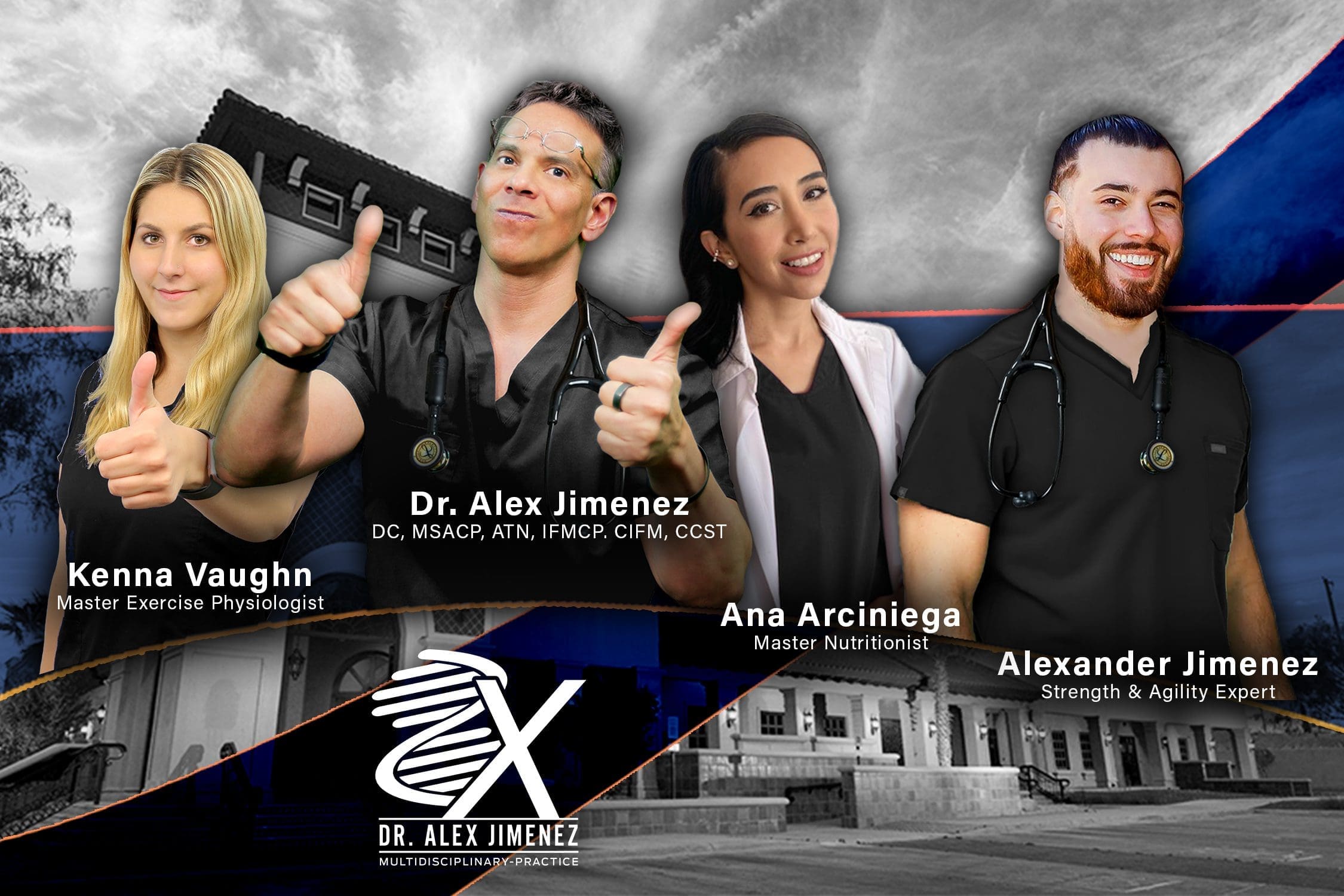Recover your password.
A password will be e-mailed to you.
Trending
- Rotator Cuffs: Understanding the Recovery Process for Auto Injuries
- Recovering from Car Accidents: The Chiropractic Advantage
- Thoracic Outlet Syndrome: Car Accident Recovery Tips
- Ligamentous Injuries: Insights from El Paso Experts
- Back Problems: What You Should Know After A Fender Bender
- Bunions: How to Alleviate Discomfort and Soreness
- Auto Accident: Early Warnings of Delayed Symptoms
- Chiropractic and Nurse Practitioner Benefits After MVC
- Exercise and Dementia: Fighting Cognitive Decline
- Spine and Back Pain: What to Know After A Car Accident
Massage
We all want to relax. In our busy lives, it is hard to find time for R&R. If you deal with this in your life, a massage is in order. Massage therapy is a general term that refers to various types of soft tissue manipulation for therapeutic purposes. It utilizes manual manipulation to improve circulation, relax muscles, improve range of motion, and increase endorphin levels. Healthcare providers recognize massage therapy as a legitimate therapy for lower back pain. This therapy usually follows some type of medical treatment. Types of therapy include neuromuscular, sports, and Swedish. For example Neuromuscular therapy, which is the most effective treatment for low back pain, consists of alternating levels of pressure applied to muscles to alleviate muscle spasm. First of all, make sure to drink plenty of water following a massage. With massaging procedures, the tissues of your body will be stimulated, resulting in the release of toxins. Drinking at least 10 glasses of water throughout the day will flush out the toxins. Aim to drink 2-3 glasses within the first hour or so and then at least 8 more within the next 24 hours. In the hour following the massage, drink several glasses and then continue with eight more in the next 23 hours. For Answers to any questions you may have please call Dr. Jimenez at 915-850-0900Â

